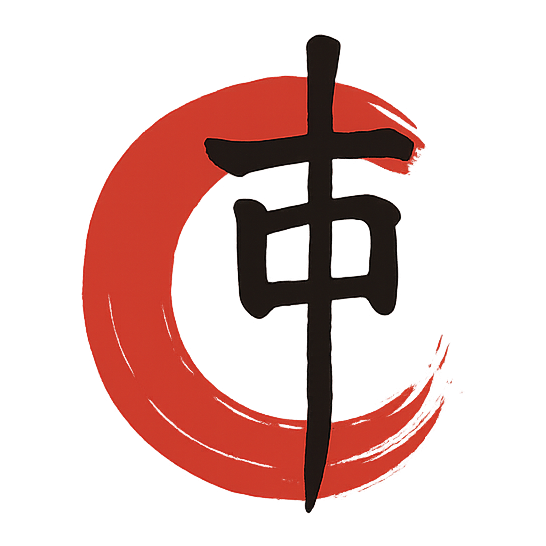A beginner’s guide to the principles of Traditional Chinese Medicine.
Traditional Chinese Medicine (TCM) is a comprehensive medical system rooted in thousands of years of Chinese philosophy, observation, and clinical experience. Unlike Western medicine, which often focuses on isolated symptoms, TCM emphasizes balance, pattern recognition, and treating the root causes of illness.
This guide introduces the key foundations of TCM, designed for curious learners, wellness seekers, and future practitioners.
1. What Is Qi (气)?
Qi is the vital life force that powers all activity in the universe and the human body. It flows through energy channels (meridians) and is essential for organ function, movement, thought, and emotional stability.
If Qi is strong and flows smoothly, we are healthy. If Qi is blocked, deficient, or chaotic, illness arises.
2. The Theory of Yin and Yang (阴阳)
Yin and Yang are opposing yet complementary forces found in all aspects of nature.
| Yin | Yang |
|---|---|
| Cool | Warm |
| Rest | Activity |
| Substance | Energy |
| Night | Day |
Health is the dynamic balance between Yin and Yang. Disease occurs when this balance is disrupted.
3. The Five Elements (五行)
TCM organizes natural and physiological phenomena into Five Phases:
| Element | Related Organ | Emotion | Season |
|---|---|---|---|
| Wood | Liver | Anger | Spring |
| Fire | Heart | Joy | Summer |
| Earth | Spleen | Worry | Late Summer |
| Metal | Lung | Grief | Autumn |
| Water | Kidney | Fear | Winter |
Each element influences organs, emotions, seasons, colors, and directions.
4. The Zang-Fu Organ System (脏腑)
Unlike Western anatomy, TCM organ systems reflect both physical and energetic functions.
- Zang (Yin organs): Heart, Liver, Spleen, Lung, Kidney
- Fu (Yang organs): Stomach, Gallbladder, Large Intestine, Small Intestine, Bladder
Each organ has mental-emotional associations and works as part of a holistic network.
5. TCM Diagnostic Methods
A TCM diagnosis focuses on the pattern of disharmony, not isolated symptoms.
Key diagnostic techniques include:
- Pulse Diagnosis: Reading the pulse at different positions to assess organ function and Qi flow.
- Tongue Diagnosis: Observing the tongue’s shape, coating, and color to detect internal imbalances.
- Inquiry & Observation: Asking about digestion, sleep, emotions, etc., and observing the complexion, voice, and demeanor.
6. Common TCM Treatment Methods
TCM treatment is personalized and may include:
- Herbal Medicine: Plant-based formulas tailored to the individual pattern.
- Acupuncture: Inserting thin needles to regulate Qi flow through meridians.
- Cupping, Moxibustion, Gua Sha: Traditional techniques for circulation and detoxification.
- Food Therapy: Choosing foods according to season, constitution, and imbalance.
- Qigong & Tai Chi: Movement and breathing exercises to strengthen body-mind harmony.
7. TCM Views on Health and Disease
- Health is the free flow of Qi and Blood, and harmony among organs and external factors.
- Disease results from internal imbalances (e.g., emotional stress, poor diet) or external factors (e.g., Wind, Damp, Cold).
- TCM treats the root (本, Běn) of illness while also relieving the branch (标, Biāo) — the symptoms.
Summary
Traditional Chinese Medicine offers a profound view of the body, mind, and nature — one that emphasizes balance, self-regulation, and prevention.
Understanding its core theories allows us to view health in a more connected and meaningful way.
Ready to go deeper? Check out our Glossary of TCM Terms and Recommended Books to continue your journey.
